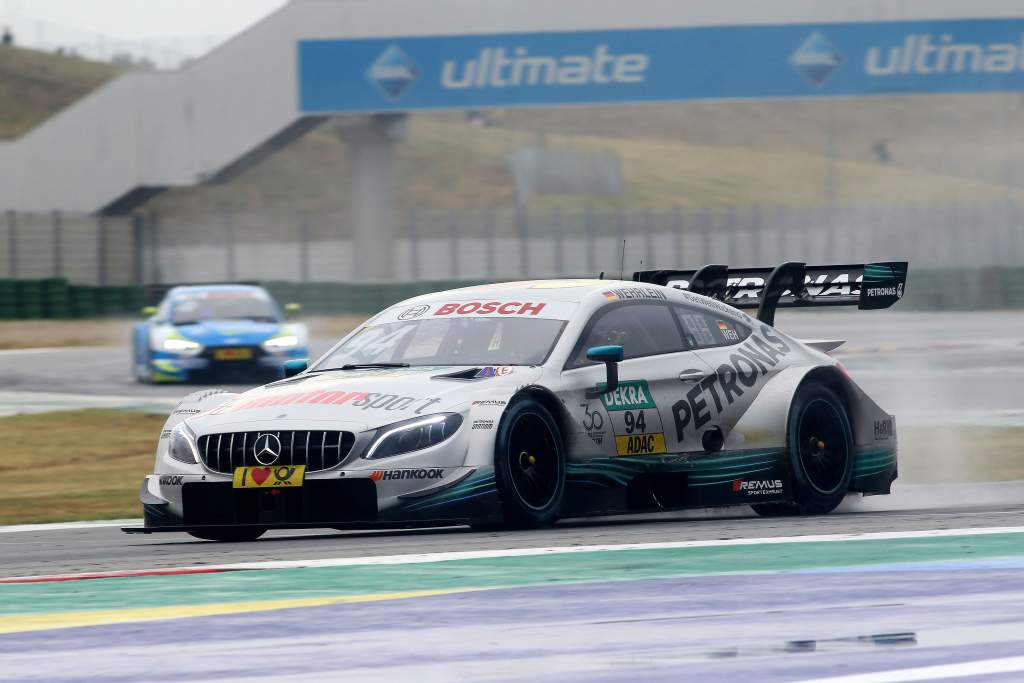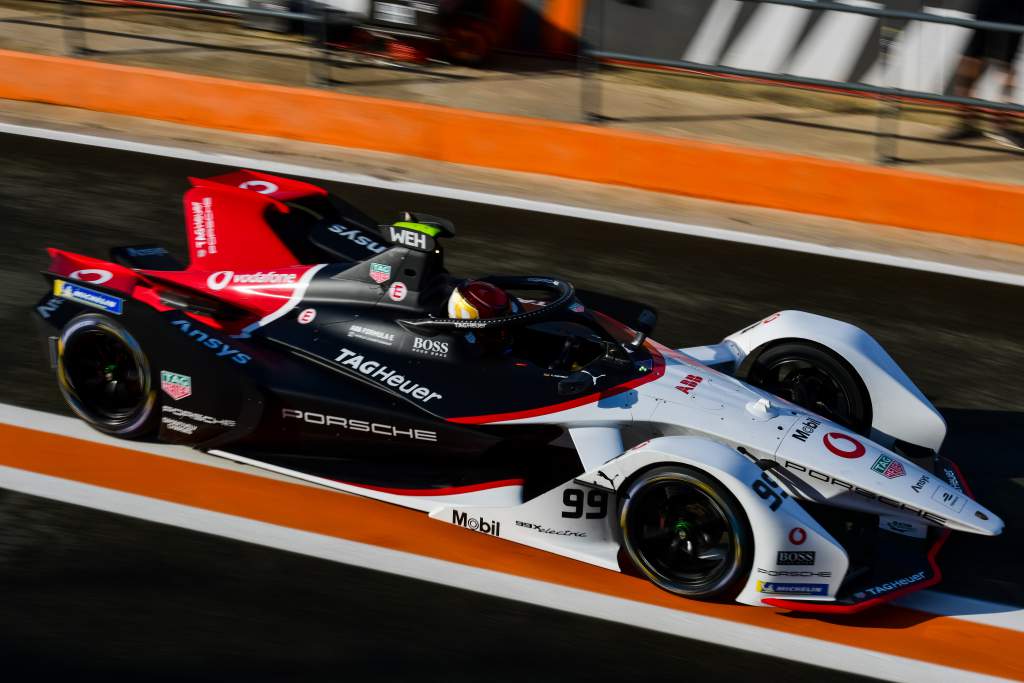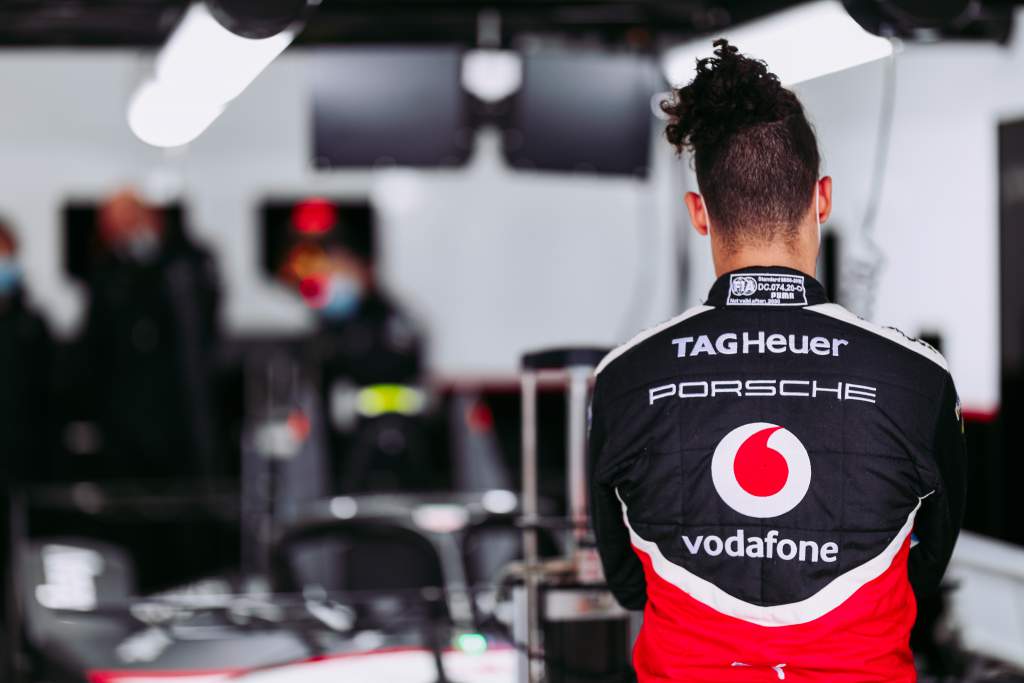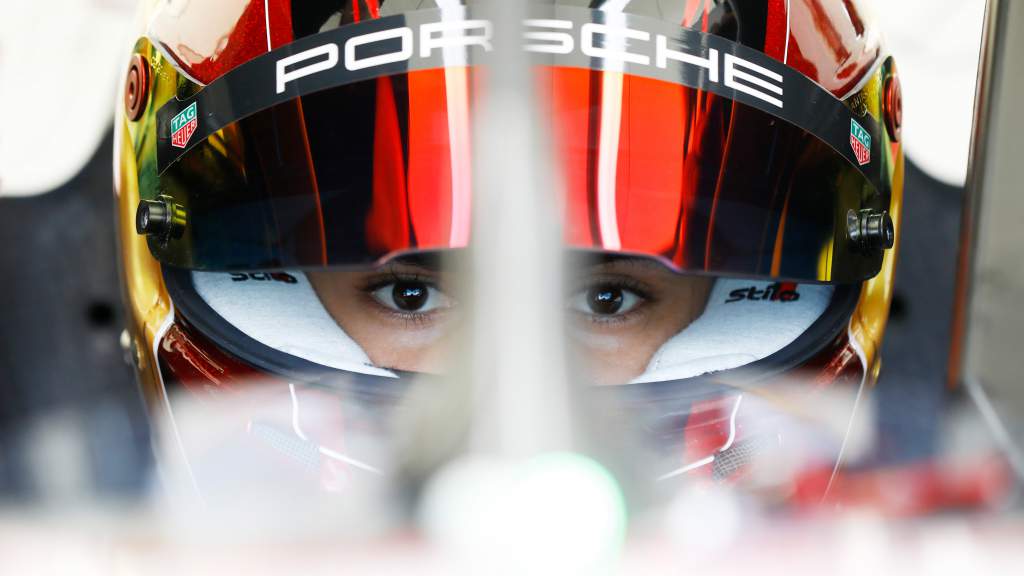Pascal Wehrlein, the great racing wanderer, has gone back to his roots, found a manufacturer and placed a new stake in the ground for his career.
But for how long?
In the early spring of 2020 Wehrlein found himself at a familiar crossroads, trying to make sense of a future that was likely to offer stability and a structured relationship with a major manufacturer.
Wehrlein was off and Gill had to deal with it. He did, by dismissing his driver
This time it wasn’t Mercedes but Porsche that came calling when it realised that Neel Jani was unlikely to get a full grip on the quirky world of Formula E.
Jani wasn’t the first and he won’t be the last. He also was very unlucky in the sense he could not turn things around in a normal season due to the COVID-19 disruption.
Wehrlein was in many ways a perfect fit for Porsche and from his own perspective was in the right place at the right time. But being Pascal Wehrlein it was never going to be straightforward.

Although both parties won’t discuss the minutiae of exactly what went on, somewhere around mid-May, as Wehrlein – then driving for Mahindra – challenged for the Formula E Race at Home title in the early days of the COVID-19 pandemic, big decisions were being made.
He, or rather his representatives known as Monaco Increase Management, which number among them former Ferrari team manager Daniele Audetto and former Campos Racing investor Salvatore Gandolfini, agreed a deal with Porsche for a long-term Formula E contract.
This came as a surprise to his then employer, Dilbagh Gill, who, last time he checked, had a contract for Wehrlein’s services beyond that season.
Gill had found himself in a similar situation back in 2018 when Felix Rosenqvist was spirited away to IndyCar by Chip Ganassi. The big difference on that occasion was that Rosenqvist and his manager Stefan Johansson informed Gill from an early stage and Johansson was as much an open book as a driver manager could be about his client.
This time it was different. The manners were less laid back and much more to the point. Wehrlein was off and Gill had to deal with it. He did, by dismissing his driver and replacing him with Alex Lynn for the final half of the disrupted 2019/20 season.
It was a shock to Wehrlein and the episode was messy, but from Gill’s point of view it was clear cut. He wouldn’t wilfully stand in the way of a driver but equally he wouldn’t stand for his team being compromised and taken for granted.

That’s the past, and it’s good to see any ill-feeling between the parties has largely subsided. At Valencia last month Gill and Wehrlein spoke in the paddock and there is sound respect still between them, on a personal level at least.
For Wehrlein, on the one hand, the past doesn’t matter now. But on the other it informs where he is heading to, in these, the anticipated golden days of his career.
To understand what Porsche will mean for this personal fresh epoch, you have to understand the previous one Wehrlein went through at Mercedes. This was the seven-year stability that should have run like a steel cable through his career and brought him F1 success, yet it didn’t and ended badly.
In this respect there are some parallels between Wehrlein and Sam Bird. Like Wehrlein, Bird had a strong footing with Mercedes a decade ago but it led to only heartache after some questionable management decisions effectively ostracised him from even a possibility of a drive, whether in DTM or F1.
Wehrlein found himself in a similar situation in 2018 when he signed a deal with Mahindra while still under contract with Mercedes.

The exact circumstances are still unclear but at least some of them are believed to have been partly financial and exacerbated by a fractious relationship with HWA’s Ulrich Fritz.
This in turn triggered Wehrlein’s defection to Mahindra, which Mercedes kicked back on by holding him to his existing contract until the end of 2018.
This meant Gill had to pull in a favour from old boy Rosenqvist, who deputised at the season opening race in Saudi Arabia in December 2018.
It appeared at this stage that the Wehrlein/Mercedes relationship was at an all-time low, and perhaps it was for some of those involved at least.
“It’s better for both sides, if you keep it consistent and improve together” :: Pascal Wehrlein
But then in the summer of 2019 came word that Mercedes was planning to test Wehrlein again in what was effectively a shoot-out run with Esteban Gutierrez and Nyck de Vries for a works Formula E race seat. It was deeply strange and in the end never occurred.
Wehrlein had a home now, and it was Mahindra. But when the 2019/20 season started badly with a gearbox issue stifling real progress, he became susceptible to head-turning and Porsche knew it.
So ended a journey over the preceding five years where Wehrlein had raced for HWA, Manor, Sauber, Mercedes AMG and Mahindra. The wanderer was looking for a new basecamp and suitably challenging peak to climb.

“I’m definitely looking forward to spend a longer time here [at Porsche] and have a good future together, that’s definitely my target,” Wehrlein told The Race at Valencia last month.
“It’s better for both sides, if you keep it consistent and improve together.
“In DTM it took me three years to win [the title] with Mercedes, so who knows if I would have changed in between, if I would have had the same success in that season.
“The team obviously will know what I want as a driver, so they will put that in into account for the future cars obviously. Same for my side, I know what the car is doing and it’s just getting a better and better relationship. So therefore, it is important to get stability.”

Wehrlein has struck up an instant rapport with his engineer at Porsche. He is Kyle Wilson-Clarke, who has a decade of experience with Audi and Porsche combined working with drivers of diverse character such as Mark Webber, Brendon Hartley and Jani.
After a fraught Formula E season with Jani, in which the 2016 Le Mans winner and World Endurance champion struggled to fully adapt and had more than his fair share of ill-fortune on track, Wilson-Clarke has been developing a new working relationship with Wehrlein.
“I think it’s always really important to make sure when a new driver comes in that you capture first impressions, because humans generally adapt very, very quickly,” says Wilson-Clarke.
“So if you lose that kind of injection of fresh input is always a bit of a loss. In Pascal we have seen so far he is super interested in involving, learning and understanding to providing his feedback immediately.”
That’s the short term, but what about the long term for both Wehrlein and the Porsche Formula E programme?

We addressed some of the factors that will inform which manufacturers stay in the world championship beyond 2022 last week. But the facts are that Porsche’s ultimate decision will be taken well before the present campaign has even reached half-distance.
Porsche is now an established Formula E team after a solid first campaign, and as Oliver Blume, the CEO of Porsche AG, said at last Saturday’s ‘Night of Champions’ online event: “The world championship status will bring with it a whole new challenge, and we want to garner our first win, and of course be among the frontrunners in the series.”
That should be achievable for Andre Lotterer and Wehrlein and in its second season will be a bare minimum for Porsche. Wehrlein specifically will get a few races’ grace for gelling purposes.
But as is so often the case in Formula E, the value of the perceived stability of this Porsche move will only be shown by the results Wehrlein can actually achieve.



